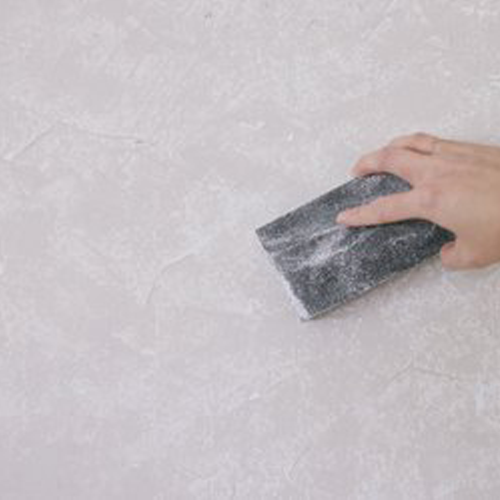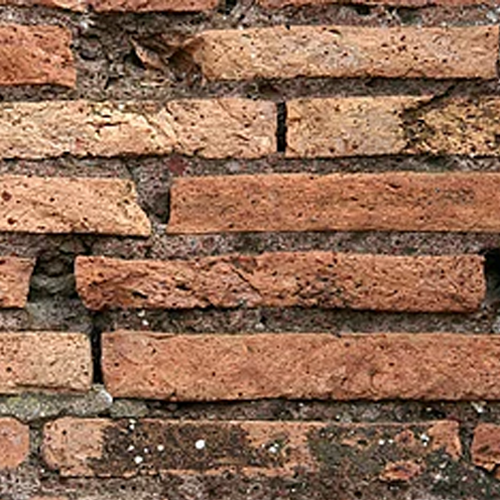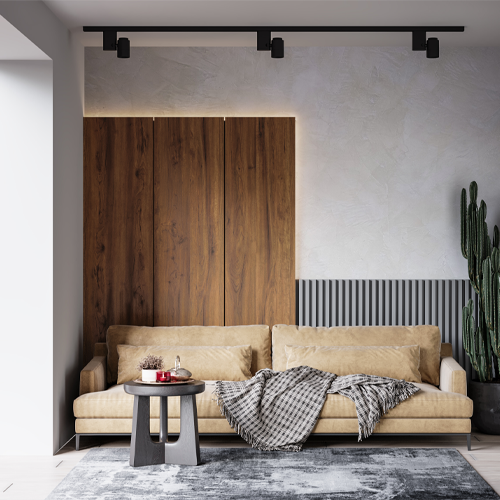The main difference between the two is that Roman clay is a modern term for a speciality textured paint* that can be used to imitate natural stone. This product is ONLY used for interiors. It’s usually applied with a putty knife or spatula and creates a smooth, subtle background with some depth. It can also be used to produce decorative effects, e.g. on fireplaces. And … we can find it on sale as a children’s art product for modelling.

- Historical factors
During the Roman Empire, clay was developed as a building material, but with relatively limited ingredients. It was used mainly for terracotta bricks & roof tiles (also pottery artifacts). People started to fire it in kilns, where before mud bricks had been dried out under the sun. This represented a significant evolutionary stage in Mediterranean architectural culture.

Venetian plaster or stucco is an altogether more complex, substantial product that can be used both on interior walls and exterior facades. It has both guaranteed durability and adaptability to a variety of weather and moisture conditions. The marble dust introduced to the basic ‘recipe’ during the Renaissance period has such qualities we expect of marble: strength and glamour.
Venetian plaster is applied in several layers to achieve the client’s desired effect, allowing time for each layer to dry off completely before covering. It creates a spectacular 3-D illusion of depth and richness, of luxury. Surfaces may be either textured or smooth. There are newer variants that incorporate synthetic resins and polymers, requiring fewer layers. The choice is down to the client and their individual vision: a wide range of colour pigments is available to create emphasis and mood.

- Please note …
Make sure to ask your retailer for exact details of their stock before making an order. Plastering is a complex process and the best policy is to be fully prepared in terms of information before you move ahead with your project plan. This applies whether you are venturing into DIY or intending to employ one of our skilled artisans.
